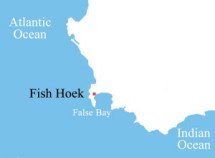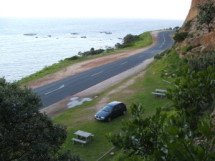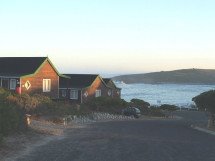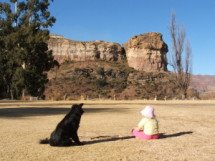

Graham from the ABC kindly responded to my reception report regarding the unusual barefoot appearance of 729 5RN Adelaide and 891 5AN Adelaide on the 22nd September 2010.
Both 50 kw stations made it through to Fish Hoek, South Africa over a distance of 10 125 km / 6 291 miles via the Sony SRF-M37V's internal 5cm loopstick antenna.
Hi Gary,
I am happy to confirm your reception of:
729kHz 5RN Adelaide @ 1929Z 22/09/2010, and
891kHz 5AN Adelaide @ 1916Z 22/09/2010.
Both stations operate at a power of 50kW from a site at Pimpala in the southern suburbs of Adelaide in South Australia.
Impressive reception - thanks for the report!
Regards,
Graham.
 Yours truly with the Sony SRF-M37V ultralight receiver - an impressive performer in the Cape Peninsula / South African environment with only a few local stations to contend with.
Yours truly with the Sony SRF-M37V ultralight receiver - an impressive performer in the Cape Peninsula / South African environment with only a few local stations to contend with. 





































































